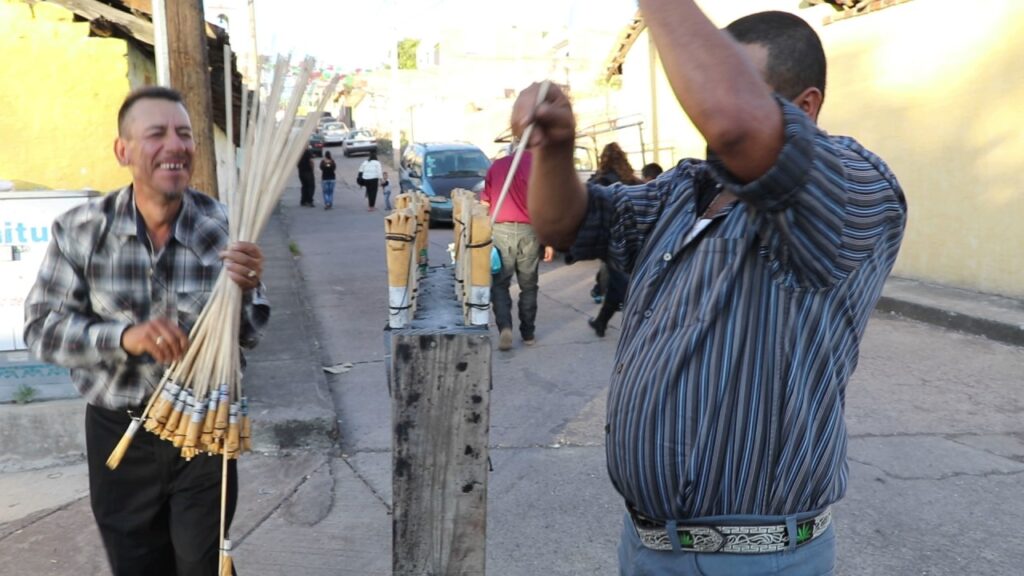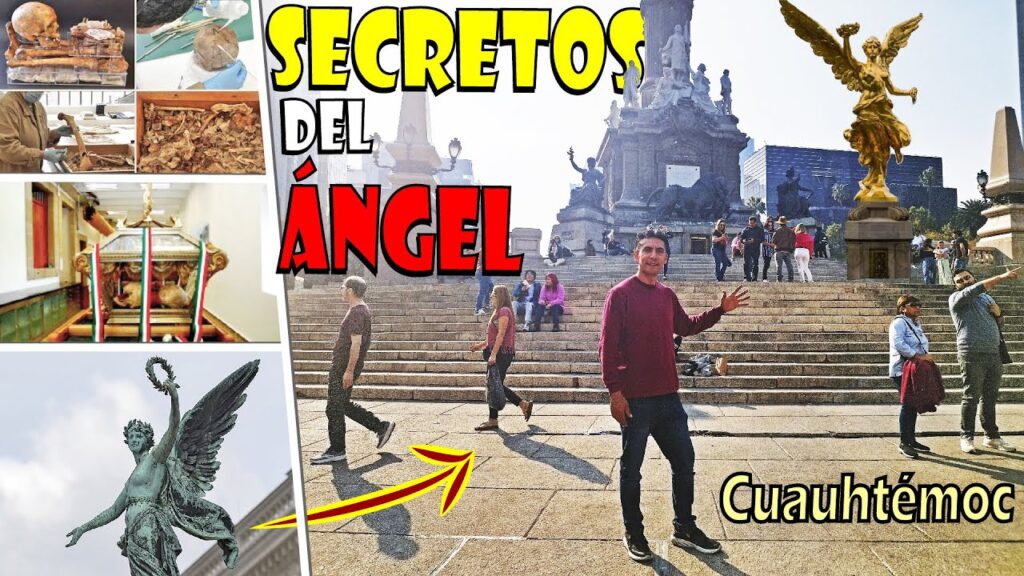The Historical Significance of Firework Displays in Mexico’s Patron Saint Festivals
Firework displays in Mexico are not only a spectacle of light and sound but they also hold profound cultural and historical significance, particularly during Patron Saint Festivals. These pyrotechnic shows are deeply rooted in the history of Mexican celebrations – a fusion of indigenous traditions and Spanish colonial Catholicism. Originally, fireworks were imported by the Spanish conquistadors and soon became a popular form of entertainment amongst the native population. Over time, they were integrated into religious festivals as a means to symbolize the battle between good and evil, with the light representing purity and the sounds echoing the destruction of sin.
The fireworks used in Patron Saint Festivals are more than just a visual treat; they act as a metaphor for the heavens. The belief is that the bursting of fireworks sends messages and prayers to saints and deities, creating a bridge between the corporeal and the spiritual. Artisans, known as pirotecnicos, carefully craft these fireworks, a skill that is often passed down through generations. Each display is meticulously designed to honor the respective patron saint, and it’s not uncommon for these shows to be both competitive and cooperative endeavors among communities.
In addition to their religious significance, firework displays during these festivals serve as a communal focal point, strengthening social bonds and providing a sense of identity and pride among participants. The preparation and execution of the fireworks are a group effort that involves the entire community, from the gathering of materials to the final performance. This collective action reinforces the sense of unity within the town or village, and engenders a shared experience that is talked about long after the final embers have faded.
The grandeur of Mexico’s firework displays is also emblematic of its rich artistic heritage. The vibrant colors and intricate designs seen in the sky reflect the country’s love for artistry and celebration. Each explosion is a testament to the creativity and passion that Mexican artisans put into their crafts. The firework displays at Patron Saint Festivals are therefore not only an auditory and visual experience but also a living, breathing canvas of Mexico’s historical and cultural narrative.
Understanding the Roots of Mexico’s Pyrotechnic Traditions in Festivities
Mexico’s vibrant history is richly punctuated with explosive festivities that illuminate the country’s skies. The tradition of pyrotechnics integrates indigenous beliefs with European influences, sparked by the arrival of the Spanish in the 16th century. Fireworks were initially brought by the conquistadors to mark religious events and triumphs. Over the years, this tradition melded with pre-Hispanic rituals that used fire to honor their deities and celebrate seasonal cycles. Consequently, Mexico’s pyrotechnic traditions have become a syncretic cultural expression that both mesmerizes and represents the multifaceted lineage of its people.
In many Mexican towns, fireworks are much more than a visual spectacle; they are imbued with spiritual significance. Take, for example, the town of Tultepec, known as the country’s “pyrotechnic capital.” Here, artisans craft fireworks as a devotional practice for their patron saint, John of God, believed to be the protector of pyrotechnicians. Festivities such as the National Pyrotechnic Festival held here annually are not merely displays of artistry, but are also deeply rooted communal experiences, blending spirituality, craftsmanship, and a sense of identity that transcends generations.
The expertise required for the art of firework-making is handed down through families, with knowledge passed from elder maestros to apprentices. This passing of the torch ensures the survival of techniques that have been refined over centuries. Ingredients such as gunpowder, paper, and bamboo form the backbone of these creations, which are carefully concocted to produce a variety of effects. These range from the simple “cohetes,” used to signal the start of a celebration, to the elaborate “castillos,” towering structures set ablaze with intricate designs and colorful patterns, narrating stories and legends against the night sky.
Exploring the Cultural Heritage Behind Mexico’s Love for Cohetes in Celebrations
Mexico’s love for ‘cohetes’, the Spanish term for fireworks, is deeply intertwined with its rich cultural heritage and is a prominent feature in celebrations across the country. The use of these vibrant pyrotechnics can be traced back to ancient times when indigenous cultures used similar mechanisms in rituals to call upon the gods’ attention or as offerings. Today, cohetes are an integral part of festive occasions, ranging from religious ceremonies to national holidays, embodying the spirit of Mexican joy and the penchant for lively gatherings.
The art of creating cohetes is a generational craft, often passed down from one family member to another, preserving time-honored techniques and traditions. In towns like Tultepec, known as the ‘Pyrotechnic Capital of Mexico,’ the knowledge and skills of firework-making are considered part of the town’s identity and cultural legacy. Master pyrotechnicians are revered in their communities, and they work passionately to create dazzling displays that light up the skies during various festivals.
One of the most significant events where cohetes play a crucial role is during Las Fiestas de San Juan de Dios in Tultepec, where an entire week is dedicated to the patron saint of fireworks makers. During this time, the sounds of cohetes exploding are constant, and the sky is painted with a kaleidoscope of colors. Ephemeral sculptures stuffed with fireworks, known as ‘toritos,’ are paraded through the streets, adding to the excitement and enthusiasm that fills the air.
Cohetes are not only a symbol of festivity but also of devotion and unity among the Mexican people. During religious events like the celebration of the Virgin of Guadalupe or Christmas posadas, the lighting of cohetes follows a ritualistic pattern, signaling key moments in the celebrations. The loud booms echo the collective heartbeat of a nation celebrating together, while the showers of light represent hope and a collective prayer for blessings. As cohetes continue to ignite the sky, they carry with them centuries of cultural significance, elevating the festivities into a transcendental experience.
The Origins of Fireworks in Mexican Patronal Festivities: A Blend of History and Spectacle
The tradition of using fireworks during patronal festivities in Mexico is a vibrant blend of pre-Hispanic customs and Spanish influence. Prior to the arrival of the Spaniards, indigenous peoples in Mexico celebrated various ceremonies and festivities with their own forms of pyrotechnics, using fire and various materials to create light and sound spectacles. They believed these elements could communicate with the gods and summon their favor.
With the arrival of the Spanish conquistadors and the subsequent influence of Catholicism, these indigenous traditions were amalgamated with Christian patronal festivals. The Spaniards introduced gunpowder to the New World, which was then incorporated into celebrations. The fireworks, now symbolizing the “fiesta”, became a harmonious, albeit explosive, representation of Mexico’s dual heritage.
The crafting of fireworks has since developed into an art form, handed down through generations of artisans. These skilled craftsmakers, often referred to as “pirotécnicos”, are celebrated figures in their communities. They blend creativity and technical skill to create an array of fireworks that light up the night sky during festivities, with their work being as much about their cultural heritage as it is a crowd-pleasing spectacle.
In these festivities, the fireworks are not just for show; they carry deep symbolic meaning. For example, in many towns, the burning of handcrafted towers, known as “castillos”, literally “castles”, or “toritos” – bull-shaped frames adorned with fireworks – are key events. These structures, engulfed in flames and brilliant colors, are thought to scare away evil spirits and bring about good fortune and blessings for the community.
The thunderous booms and vibrant colors of the fireworks during Mexican patronal festivities are a testament to the enduring nature of cultural fusion. From the sparks of the indigenous pyrotechnics to the religious overlays introduced by the Spaniards, these celebrations exemplify the blend of history and spectacle that is integral to understanding and experiencing Mexican culture today.



